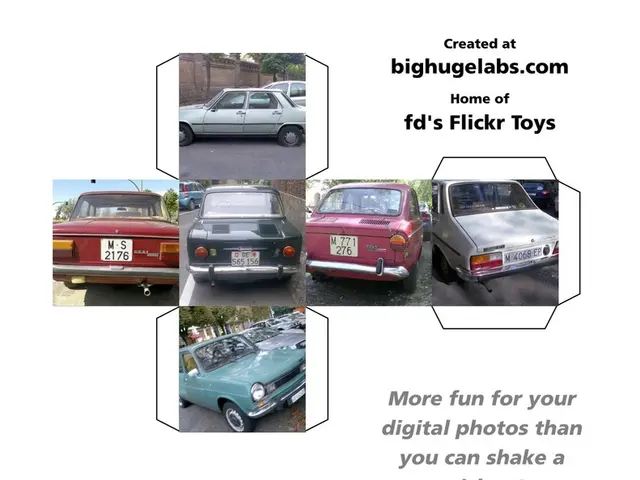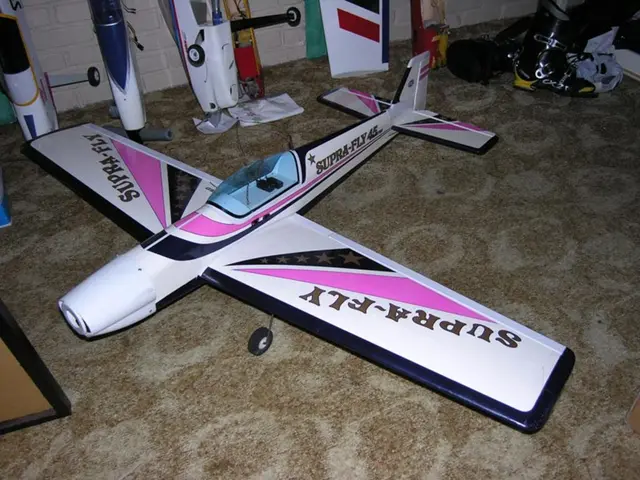Rapid construction platform enables users to easily build robust, interactive large-scale structures swiftly.
MIT introduces a revolutionary prototyping platform, the Voxel Invention Kit (VIK), for creating large and sturdy interactive structures with integrated electronics. Traditional methods of prototyping such structures often involve laborious processes, waste, and numerous iterations.
VIK addresses these challenges through a rapid development platform that utilizes lightweight, three-dimensional lattice building blocks, known as voxels. These blocks offer high strength, stiffness, and integrated sensing, response, and processing abilities. The user-friendly design of these blocks enables individuals to rapidly produce interactive electronic devices without mechanical or electrical engineering expertise.
Each voxel costs about 50 cents, making them significantly more cost-effective than traditional prototyping methods. The voxels can be assembled, disassembled, and reconfigured infinitely into various forms, allowing creators the flexibility to adapt their designs based on needs.
The prototyping platform comes with a user-friendly design tool that offers end-to-end prototyping. This tool simulates the structure's response to mechanical loads, and the designer can iterate on the design accordingly. According to Jack Forman, an MIT graduate student, this streamlined process democratizes access to functional interactive devices, as it eliminates the need for 3D printing or laser cutting.
VIK builds upon decades of work at the MIT Center for Bits and Atoms (CBA) to develop discrete, cellular building blocks called voxels. Each voxel, an aluminum cuboctahedra lattice, is strong enough to support approximately 228 kilograms. The assembled voxels generate large-scale, strong, durable structures that can respond to their environments, similar to airplane components or wind turbines.
By integrating electronics into these functional voxels, the CBA team has created structures that can transmit data and power, as well as mechanical forces, without the need for wires. The team has used these electromechanical building blocks to develop the VIK platform.
Miana Smith, a fellow graduate student, explains that the voxel design has been made larger to make the lattice structures easier for human hands to assemble and disassemble. They have also added aluminum cross-bracing to the units to improve their strength and stability.
VIK's voxels have a reversible, snap-fit connection, enabling users to seamlessly assemble them without the need for additional tools. This design innovation eliminates the need for wiring harnesses, reducing costs and minimizing potential points of failure.
The user-friendly interface of the VIK platform includes a Finite Element Analysis (FEA) simulation model that allows users to draw out a structure, simulate the forces and mechanical loads that will be applied to it, and identify potential points of failure through color-coded animations.
The VIK platform also supports the easy integration of off-the-shelf modules such as speakers, sensors, or actuators. Its emphasis on flexibility allows users to work with the microcontrollers they are comfortable with, opening up possibilities for diverse prototypes.
Viktor Zaderej, manager of advanced electronics packaging technology at Molex, considers the VIK as a merging of a LEGO building kit and an electronics breadboard, with limitless potential applications. With the advent of the VIK, the next era of electronics integration into three-dimensional structures has begun.
Future applications of the VIK could extend beyond theatrical stage design to include space fabrication and smart buildings and infrastructure for sustainable cities. The team eagerly anticipates seeing how users will innovate with this new prototyping platform.
According to Forman, the most exciting aspect of the VIK is its accessibility, as it allows everyday users to build complex structures quickly and easily. With this innovative tool, the possibilities for creation are vast.
- The Voxel Invention Kit (VIK) builds upon decades of research at the MIT Center for Bits and Atoms (CBA), with each voxel being strong enough to support approximately 228 kilograms.
- Each voxel costs about 50 cents, making it significantly more cost-effective than traditional prototyping methods.
- By integrating electronics into these functional voxels, the CBA team has created structures that can transmit data and power, as well as mechanical forces, without the need for wires.
- The user-friendly interface of the VIK platform includes a Finite Element Analysis (FEA) simulation model that allows users to identify potential points of failure and draw out a structure.
- Future applications of the VIK could extend beyond theatrical stage design, with possibilities including space fabrication and smart buildings and infrastructure for sustainable cities.
- The most exciting aspect of the VIK, according to Jack Forman, is its accessibility, as it allows everyday users to build complex structures quickly and easily.








